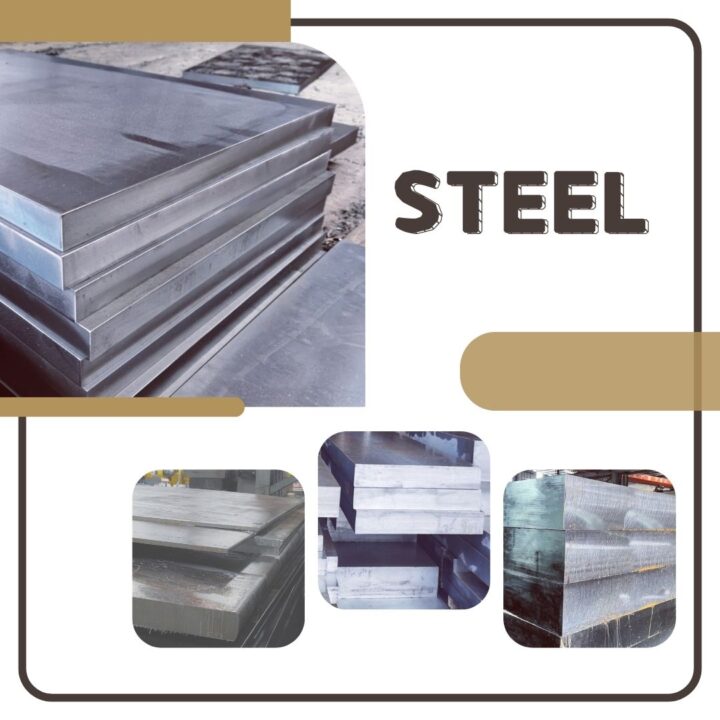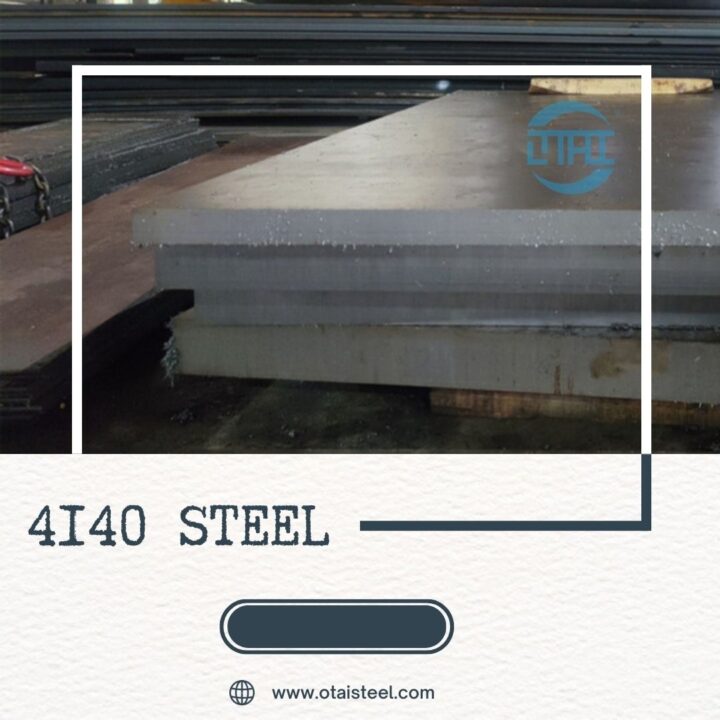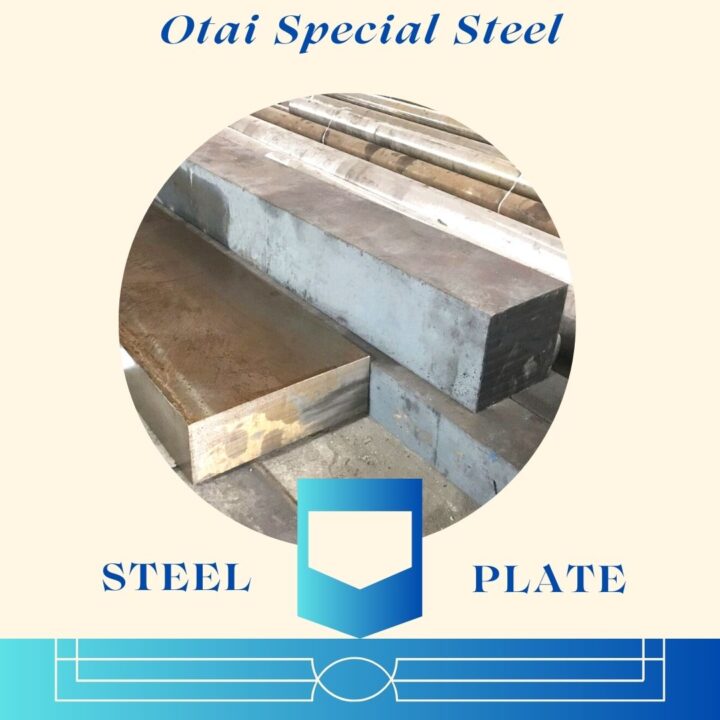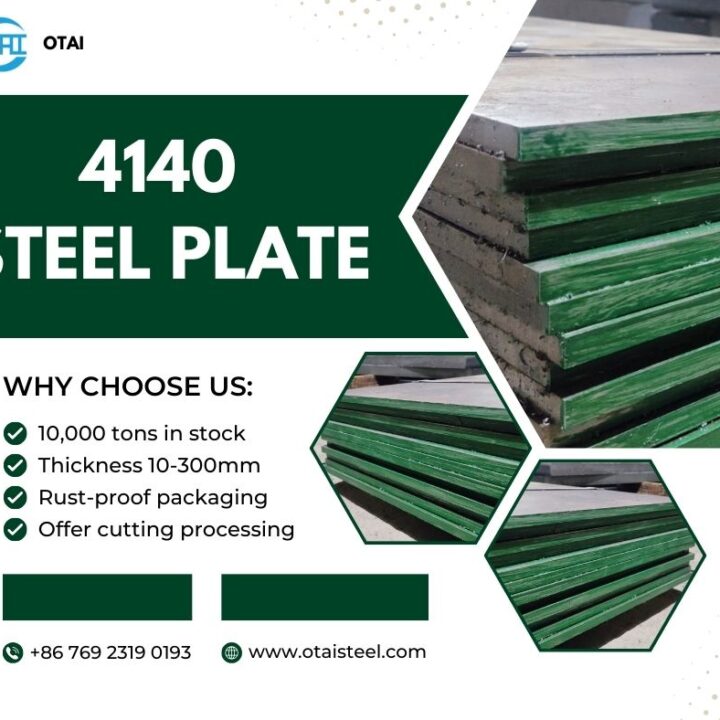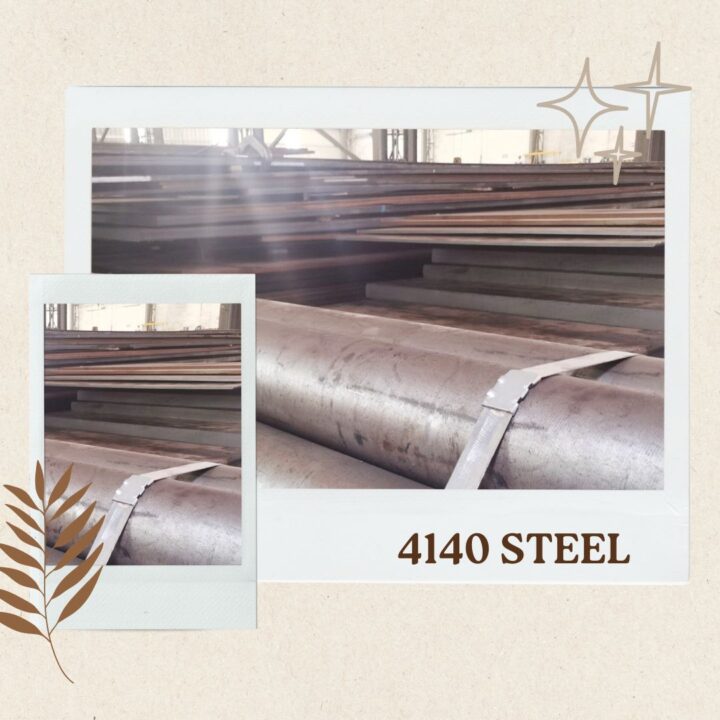4140 round bars are a type of steel alloy known for their excellent mechanical properties, making them suitable for various industrial applications. These round bars are commonly used in manufacturing, construction, and automotive industries. (Weight of 4140 Round Bar)
The Importance of Knowing Weight
Understanding the weight of 4140 round bars is crucial when designing structures or selecting materials for specific applications. It impacts transportation, load-bearing capacity, and overall project feasibility.
Factors Affecting the Weight of 4140 Round Bars
- Diameter
The diameter of a 4140 round bar significantly affects its weight. Larger-diameter bars will naturally weigh more than smaller ones, assuming the same length and material density.
- Length
The length of the round bar is another vital factor. Longer bars will be heavier compared to shorter ones, given the same diameter and material density.
- Density
The density of 4140 steel is approximately 7.85 grams per cubic centimeter (g/cm³). This constant value influences the weight of the round bar directly.
Calculating the Weight
Calculating the weight of a 4140 round bar is a straightforward process. You can use the following formula:
Weight (in kilograms) = (π/4) x (Diameter in millimeters)^2 x Length in meters x Density (in g/cm³)
It’s important to ensure that all units are consistent for accurate calculations.
Applications of 4140 Round Bars
4140 round bars are versatile and find applications in various industries, including aerospace, automotive, construction, and manufacturing. Their high tensile strength and durability make them suitable for components such as shafts, bolts, and axles.
Advantages of Using 4140 Steel
Utilizing 4140 steel in your projects offers several advantages, including excellent strength, wear resistance, and the ability to be heat-treated for specific applications. These properties make it a preferred choice for many engineering applications.
Understanding the weight of 4140 round bars is essential for engineers, designers, and project managers. Factors such as diameter, length, and material density directly influence the weight of these bars. Calculating the weight using the provided formula allows for precise planning and decision-making in various applications.

